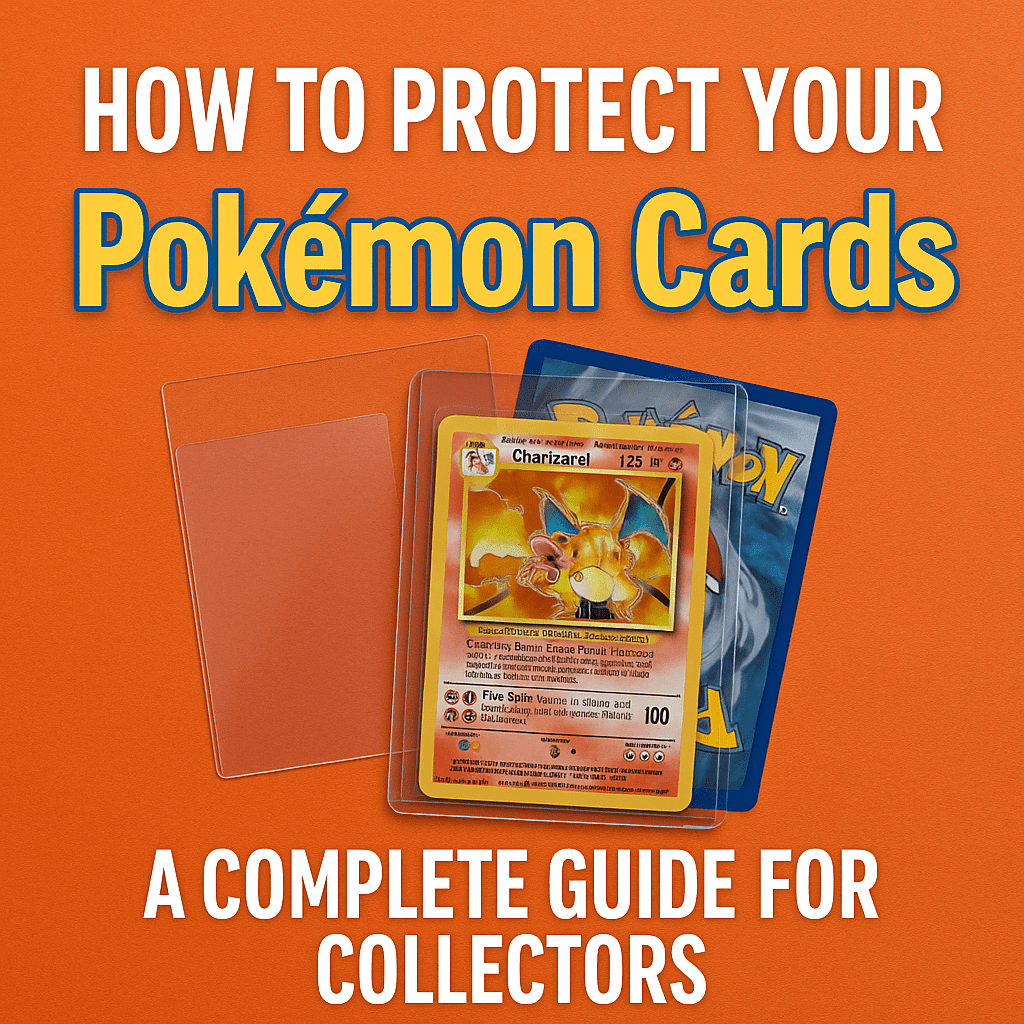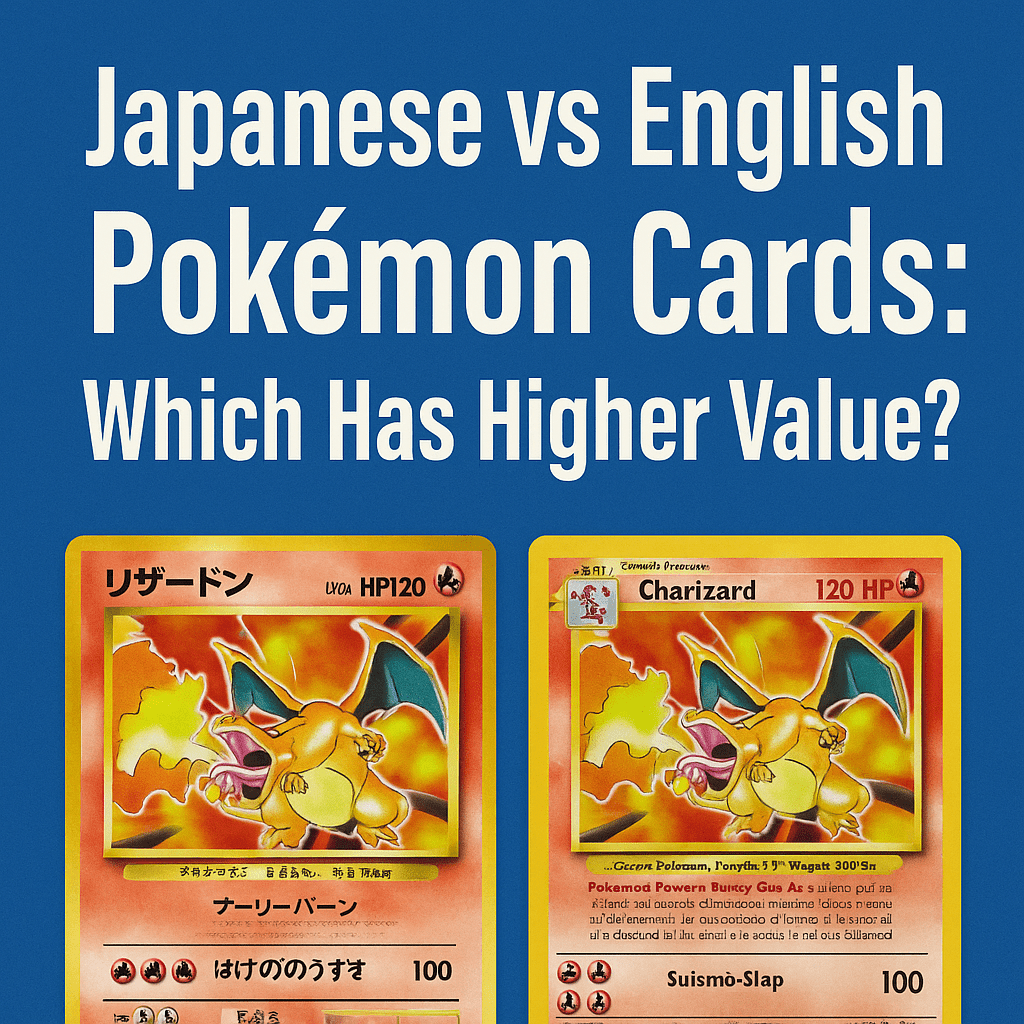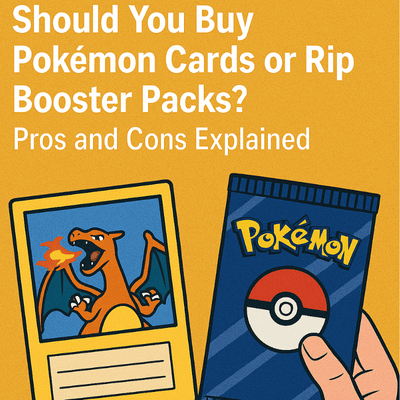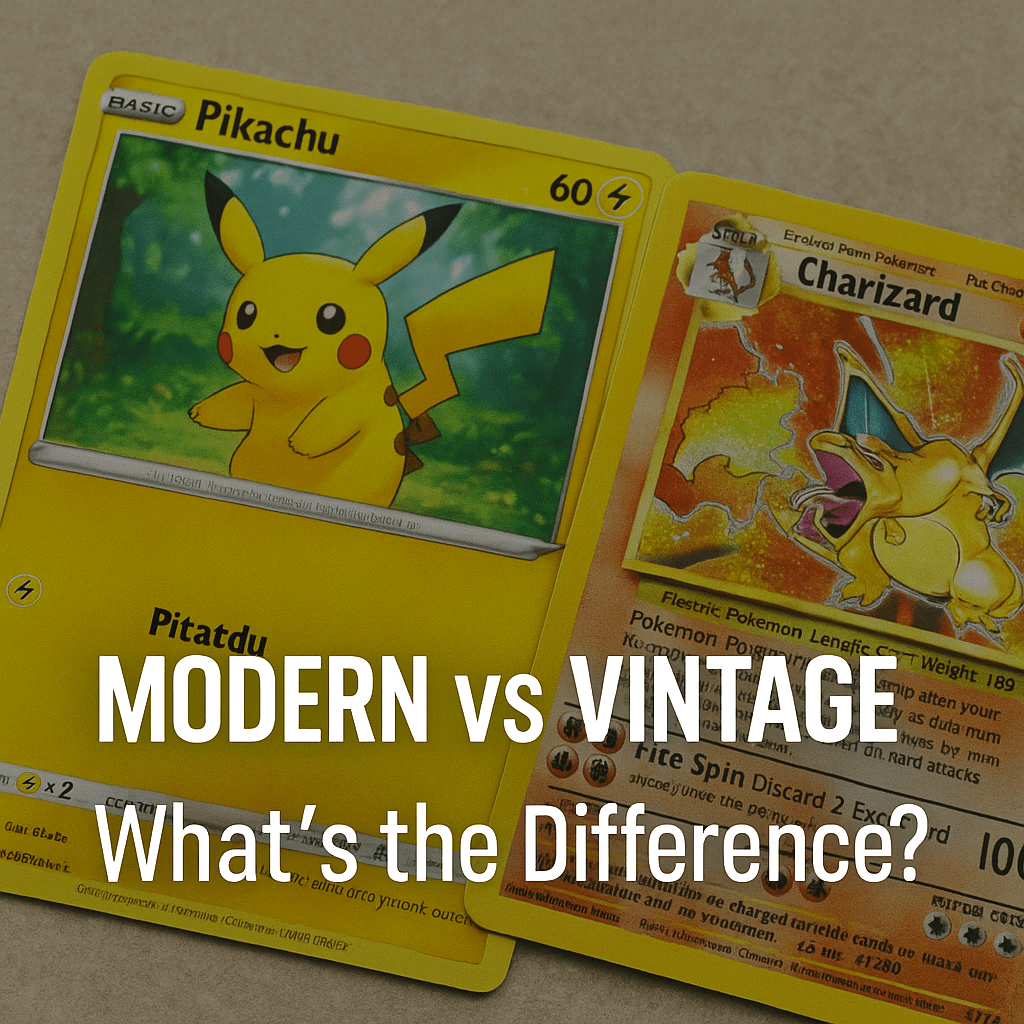Your trading card collection is growing, but how do you keep those cards safe and organized? Picking the right trading card binder can have a big impact on how well your collection is preserved and displayed. Binders come with different pocket layouts (1, 4, 9, or 12 cards per page), and each style suits a different type of collector. In this article, we'll break down what each binder size offers so you can decide which fits your needs best.

1-Pocket Binders: Single-Card Display
1-pocket binders hold one card per page, making them a great choice for showcasing individual cards. They are often compact, like a small photo album, and can be fun for younger collectors to flip through. For a child with just a few favorite Pokémon cards, a 1-pocket binder offers a simple way to organize and admire each card separately. If you have a special rare card or an autograph card that you want to highlight, storing it in a 1-pocket binder page can turn it into a personal mini-display. They don't hold many cards, so you might fill it up quickly as your collection grows.

4-Pocket Binders: Portable and Organized
4-pocket binders display four cards per page (two rows of two) and are popular for their portability. If you often take your cards on the go to school, local meetups, or tournaments, a 4-pocket binder can easily slip into a backpack and is lighter to carry around than a larger binder. Despite the smaller page size, you can still organize a decent number of cards (often around 80 to 160 cards in total). Many collectors use 4-pocket binders to keep their tradeable cards separate from their main collection. The layout makes each card stand out a bit more compared to a 9-pocket page; some collectors find that four cards per page feels less crowded and more visually appealing. The trade-off is capacity: if you have hundreds of cards, a 4-pocket binder will require more pages (or multiple binders) to fit them all.

9-Pocket Binders: Standard for Collections
The 9-pocket binder is the classic choice for most trading card collectors. With a 3x3 grid on each page, it strikes a balance between showing many cards at once and keeping the binder a manageable size. A single page can display nine cards, and when the binder is open you see eighteen cards at a glance. This makes it easy to browse through your collection or showcase a complete set of cards. For example, Pokémon card collectors often arrange evolution lines in a 9-pocket layout. A three-stage evolution (like Charmander to Charizard) can fill one column, allowing three different families on one page. A typical 9-pocket binder can hold around 360 cards, which is usually enough for most complete card sets. If you have a broad collection, this binder size offers an efficient way to organize and protect cards. They are a well-rounded option for both beginners and serious collectors.

12-Pocket Binders: High-Capacity Playset Storage
12-pocket binders feature four cards per row on each page (usually a 4x3 grid). Each page holds twelve cards at once. It appeals to serious collectors and competitive players, since in games like Magic: The Gathering or Pokémon TCG a full playset (four copies of the same card) fits in one row. This means you can view all four copies of a card side by side, which is well-suited for organizing decks or high-value duplicates. With more pockets per page, a 12-pocket binder can store a very large collection (often 480 cards or more in one binder). The trade-off is the binder itself is larger and a bit heavier to handle. If you mainly store your cards on a shelf and want to maximize how many fit in one album, a 12-pocket binder is a sensible choice.

Beyond 12 Pockets: Handling Huge Collections
What if one binder just isn’t enough? Some dedicated collectors have thousands of cards spanning multiple sets or games. Rather than trying to find an even larger binder beyond 12 pockets, it often makes sense to use multiple binders. For example, you could keep your Pokémon cards in one binder and your sports cards in another. Using a few smaller binders is usually easier than a single oversized one when it comes to browsing and safety. If even a 12-pocket binder can't hold everything, consider using storage boxes for the bulk of your cards and reserving binders for the highlights of your collection. Ultimately, choose the binder pocket layout that fits how you use your cards. There's nothing wrong with using multiple binders as your collection grows.
Conclusion
Choosing the right trading card binder comes down to how you use your collection. Think about your goals: Do you want to showcase one special card at a time, carry a selection of cards to trade, or organize a comprehensive set all in one place? A smaller 1-pocket or 4-pocket binder makes sense for portability and focus on favorites. A 9-pocket binder is a versatile all-rounder for set collectors, giving a great overview of many cards at once. And if you need to maximize capacity or keep playsets together, the 12-pocket binder offers maximum capacity for organization. Now you can confidently choose the binder that fits your needs.
If you want your cards to be protected with PSA10 protection, try using our Charizard binder to protect your cards, which can make your cards forever like being put into a time capsule.








![[ Complete Guide ] What’s the Best Binder for Pokémon Cards?](http://ravaver.com/cdn/shop/articles/ChatGPT_Image_2025_8_1_11_24_22-3392767.png?v=1757311484&width=1536)


